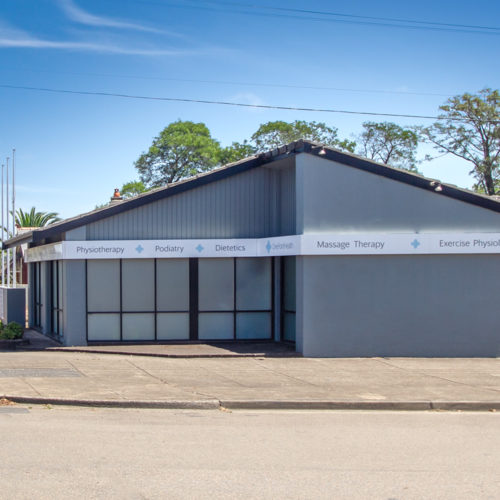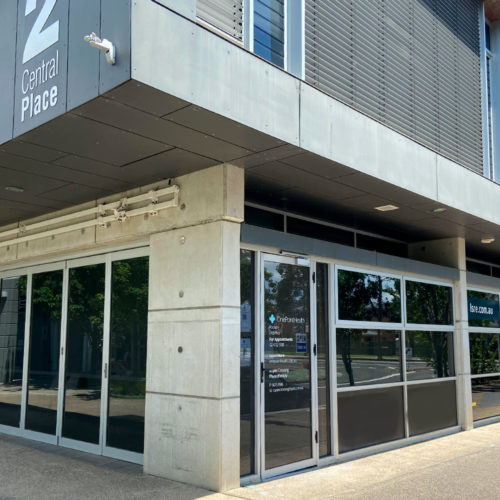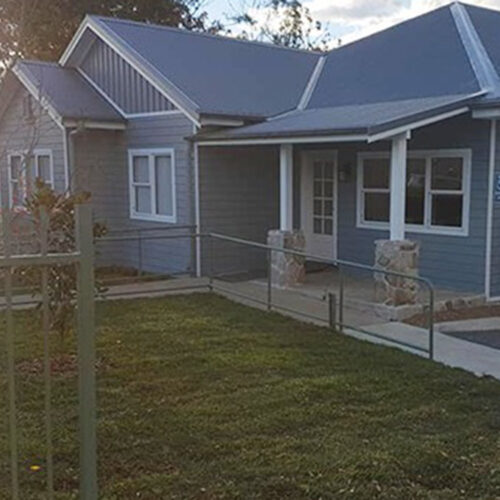What is a high ankle sprain (Syndesmosis)?
A high ankle sprain is an injury to the ligaments that connect the bones of the lower leg above the ankle (tibia and fibula). This strong connection forms the top of the hinge of the ankle joint. This is also known as the ‘syndesmosis’ and is made up of a number of ligaments at the base of your lower leg, as well as a connective tissue that joins the bones from the top of the ankle all the way up to your knee. High ankle sprains are more serious injuries than more standard lateral ankle sprains (rolled ankle), and generally require more assessment and management. Injuries to the syndesmosis are often associated with lateral ankle injury; however, they usually lead to more pain, swelling and activity limitations. In severe cases, they may also be accompanied by a fracture.
Signs and Symptoms of Syndesmosis
High ankle sprains are usually more severe than normal ankle injuries, and are often accompanied by swelling and pain, not only on the outside of the ankle joint but also over the front at the end of your tibia and fibula (lower leg bones). Often walking may be more painful at the bottom of your leg and top of the ankle, as weight-bearing causes the syndesmosis to separate slightly because of the ligament injury.
Your physiotherapist will be able to diagnose a high ankle sprain, and will ask you about how the injury happened. Often this condition is missed as people presume the injury was just a normal ankle sprain, and if you delay seeing your physiotherapist, it will be important to discuss how the sprain has changed since injury. They will look at your ability to walk, stand on one foot and do simple exercises such as a calf raise. It will also be important to do specific tests for the high ankle ligaments. If you are unable to walk because of the injury, or if your physiotherapist suspects it is a more serious injury, you may be referred for an X-ray or MRI for further assessment.
Causes of Syndesmosis
High ankle sprains occur slightly differently to normal ankle sprains (ankle rolling outwards). They often happen when the foot is trapped underneath someone—in a tackle, for example—and the foot is twisted and rotated outwards. Another common mechanism is rolling directly forward over the ankle (not just sideways). It often helps your physiotherapist to describe exactly how the injury occurred (rolled over it while walking vs caught under someone else), as this may help them diagnose what areas are injured.
Treatment for Syndesmosis
Physiotherapy will be essential for effective rehabilitation from a high ankle sprain. The first step is to identify the severity of the injury. Minor injuries can be managed conservatively; however, more severe cases, where there is significant laxity or ‘gapping’ of the syndesmosis at the top of the ankle, will require surgery to stabilise this area.
Early management of high ankle sprains may involve a period of non-weight bearing on crutches and in a CAM boot to allow the injury a chance to begin early healing. Your physiotherapist will guide you as to how long you will need to do this for, based on the severity of the injury. Once this early phase is over, you will be able to begin walking, and it will be important to begin strengthening exercises to regain the strength and function of your leg and ankle. As your function improves, you will be guided back into running and then whatever desired activity you are returning to. It will also be important to develop the confidence to use your ankle again for pushing off, jumping and stopping as required.








